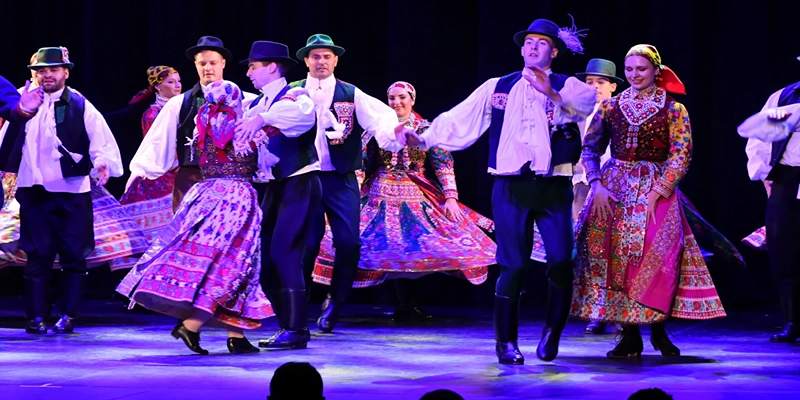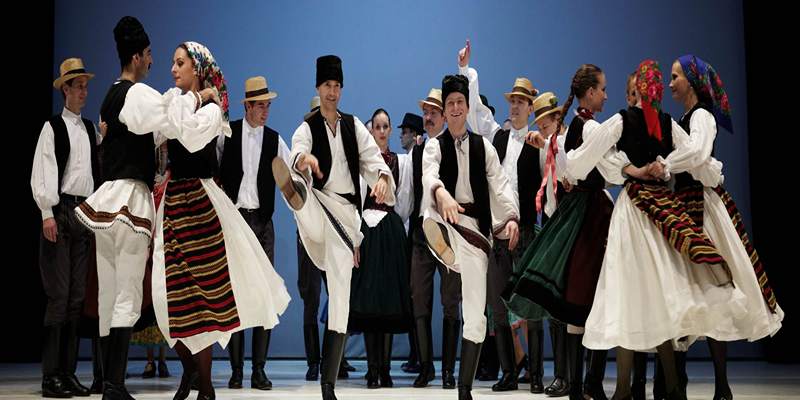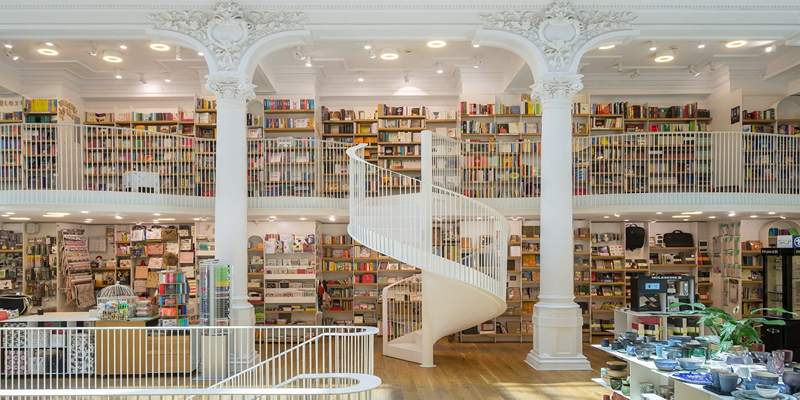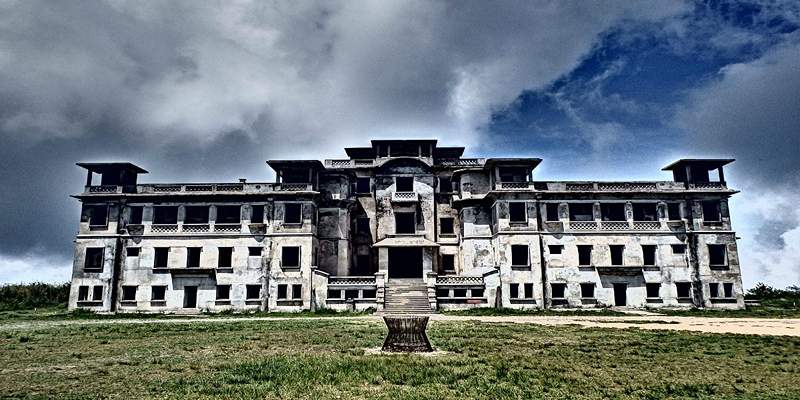Advertisement
Few European rivers are more familiar to people than the Danube. It passes across 10 countries and stretches up to 2,800 kilometers in length. People may recognize the Danube for its history and sights, but it is a cultural center as well. This river has many facilities that give the people the desired clues about European culture.
Therefore, there are activities as well as special entertainments such as fun events and folk dances that occur frequently there. Iliness has grown popular, and people from all over the globe join in dancing on the river, making the spirit of the entire event crazy happy. This guide concerns melodies, rhythms, and holidays that help people from different countries gather along the Danube.
Along its course, the Danube River runs through many countries, each with its traditions. It makes it an interesting place to visit. People from all over the world love to visit cities like Vienna, Budapest, and Belgrade because they have lively folk dance customs that let tourists experience the culture in a hands-on way.
From the csárdás dance in Hungary to the waltz in Austria, the Danube shows a wide range of dance styles from different parts of Europe. Not only does the river link scenery, it also connects people, giving tourists a chance to see the heart of Europe's cultural diversity.

Traveling along the Danube offers an incredible opportunity to witness and participate in traditional folk dances. The csárdás of Hungary, with its fast-paced footwork, is a common feature at local festivals. In Austria, the waltz is a symbol of elegance and tradition, often seen in ballrooms or outdoor events. Romania offers the hora, a joyous circle dance that invites everyone to join in. These dances tell stories of the region’s past, from celebrations of harvests to commemorations of life events. Participating in or simply watching these dances provides travelers with a deeper understanding of the local cultures.
The Danube is home to a variety of vibrant festivals that attract thousands of visitors every year. These festivals provide travelers with the perfect setting to experience the energetic spirit of the river’s communities. One notable event is the Donauinselfest in Vienna, a free festival held on an island in the Danube, where music, food, and dancing take center stage.
Another popular festival is the Sziget Festival in Budapest, which blends contemporary and traditional music with ample opportunities to enjoy dance. These festivals highlight the region’s delirium—a joyful collective celebration that draws locals and tourists together in a shared experience of movement and music.
No festival along the Danube would be complete without music, as it forms the foundation of the region’s dance culture. The lively rhythms of folk music guide dancers’ movements, adding to the delirium that fills the air during festivals.
In Hungary, the music often features the lively sounds of gypsy bands, creating a fast-paced, passionate atmosphere. In Austria, the elegant strains of the waltz set the tone for graceful movement. The connection between music and dance along the Danube gives the region a distinct energy that draws travelers into its joyful spirit.
While traditional dance is central to the region’s cultural identity, modern dance has also made its mark along the Danube. Major cities like Vienna and Budapest host contemporary dance festivals that offer a mix of old and new. Modern performances often draw inspiration from traditional folk dances, combining familiar elements with innovative choreography.
These performances provide travelers with a diverse cultural experience, blending traditions with the evolving dance culture of Europe. Travelers can witness both classical dance forms and contemporary interpretations, making the Danube a destination that celebrates the past while embracing the future.

For many travelers, participating in the dances along the Danube is one of the most memorable parts of their journey. Whether it’s joining in the lively csárdás at a Hungarian festival or learning the steps of the hora in Romania, visitors are invited to become part of the delirium of celebration.
Travelers are often surprised at how welcoming these communities are, with dancers of all ages and abilities coming together to share the experience. These moments offer a unique opportunity to connect with locals and fellow travelers, creating lasting memories and friendships.
Dancing along the Danube is more than just an activity; it’s a unique form of cultural expression that brings people together. The delirium of shared celebration is what makes it so special. The dances along the river are not simply performances—they are invitations to join in, to experience the joy and unity that come from moving together. These dances allow travelers to engage with local cultures in a way that goes beyond sightseeing, providing an immersive experience that connects them with the heart of the region. The sense of community that permeates these events makes the Danube a truly unique travel destination.
Traveling along the Danube offers an unparalleled opportunity to experience the rich cultural traditions of Europe through dance and music. The river serves as a backdrop for festivals and celebrations where dancing takes center stage, creating an atmosphere of delirium and joy. For travelers, the chance to participate in or observe these vibrant traditions is a powerful way to connect with the local culture. Whether attending a festival, enjoying folk dances, or simply soaking in the lively energy of the region, the Danube offers an unforgettable travel experience filled with movement, music, and shared celebration.
Advertisement

By Aldrich Acheson/Dec 21, 2024

By Martina Wlison/Mar 18, 2025

By Celia Shatzman/Mar 18, 2025

By Elena Davis/Jan 14, 2025

By Isabella Moss/Jan 10, 2025

By Celia Shatzman/Mar 18, 2025

By Nancy Miller/Jan 01, 2024

By Madison Evans/Jan 03, 2024

By Nancy Miller/Nov 09, 2024

By Tessa Rodriguez/Jan 14, 2025

By Verna Wesley/Dec 21, 2024

By Triston Martin/Dec 21, 2024